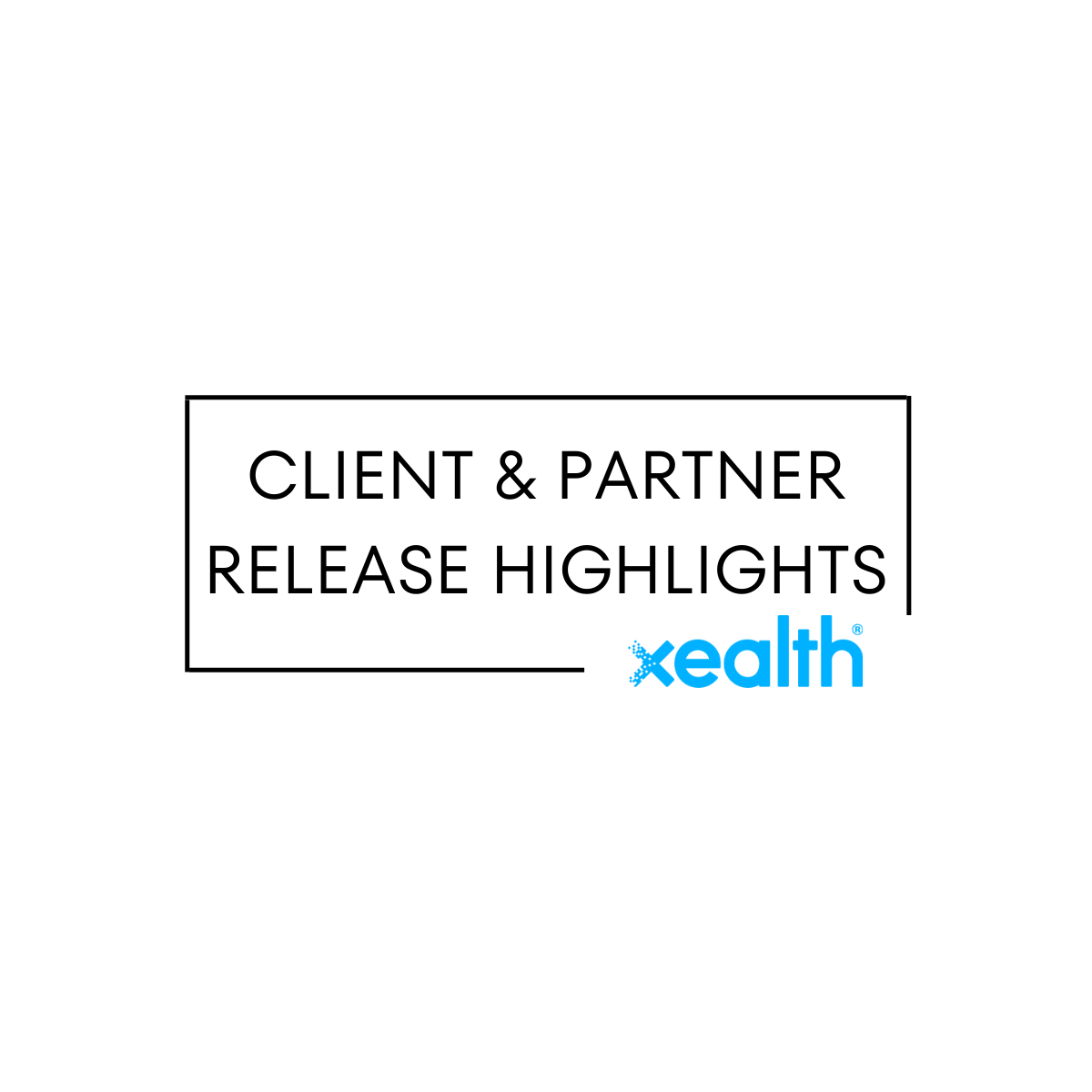Sam Hernandez, Release Manager
We’re back with another update on how our health system clients are leveraging digital health to streamline processes, enhance patient experiences, and help reduce readmissions. Here are the features and use cases supporting them for quarter 3!
Below, we highlight the latest use cases on how our health system clients are benefiting from digital programs around:
- Disseminating transplant education and measuring its viewership
- Engaging patients with peri- and menopause before their first appointments
- Measuring the degree of disability over time in each patient after a stroke
As 2023 comes to a close, expect to see even more diverse examples of how hospitals and health systems of all sizes are meeting clinical and operational goals with an assist from digital tools.
Featured Client Stories and Outcomes
1. Educating Potential Kidney Transplant Patients
○ Organization: One of the largest U.S. nonprofit health care systems
○ Business Goal: Make sure potential kidney transplant patients receive and view the required educational videos.
○ Project: This nonprofit health system requires potential kidney transplant patients to view a series of six educational videos on the procedure before scheduling an appointment to discuss if a kidney transplant is the right choice for them. The health system sought a way to send these videos to patients who are considering a kidney transplant and show that the videos have been viewed in their entirety. Working with Xealth, the videos are sent via Digital Care and care teams can monitor how far into a video the patient watches.
○ Results: Care teams can easily identify which patients have watched the video series, showing they have reviewed required information on kidney transplants.
2. Automating Timely and Consistent Information for New Midlife Health Patients
○ Organization: Pennsylvania-based large health system
○ Business Goal: Educate new patients prior to the first appointment.
○ Project: The health system’s Women’s Midlife Health Center had experienced increased demand for its services around peri- and menopause. To maximize the benefit of a patient’s first appointment, the center developed a custom e-book that Xealth automatically distributes to new patients prior to their first appointment.
○ Results: Patients are better informed going into their first visit after receiving timely and consistent information, and the visit now can be spent on more focused topics and questions.
3. Measuring and Tracking Degree of Disability After a Stroke
○ Organization: New York-based academic medical center (AMC)
○ Business Goal: Better understand the degree of disability in each patient after a stroke to better prepare them for post-discharge and reduce readmissions.
○ Project: This AMC launched a stroke discharge pathway with Twistle through Xealth, which provides post-discharge education to patients who experience a stroke. The final stage in the care pathway is completing the Modified Rankin Scale (mRS) Assessment, which measures the degree of disability in patients who have suffered a stroke and compares it over time to check for recovery and degree of continued disability, with a score range of 0 (no disability) to 6. Xealth brings this score into the Epic EHR flowsheet to be part of the patient’s medical record, making it simple for care teams to view the progression of scores over time.
○ Results: Care teams can measure the degree of disability experienced in patients who have suffered a stroke and identify those patients who are at highest risk of re-hospitalization, enabling them to better prepare patients for post-discharge and intervene as necessary.
Partners/Integrations
The third quarter of 2023 saw Xealth expand existing vendor integrations by either adding new programs to the catalog or adding new features to drive physician and patient workflow.
Our partners at Babyscripts provide a variety of programs to address the various needs of pregnant patients. Two newly added Babyscripts’s programs — Preeclampsia and Chronic Hypertension — launched this quarter and support both pregnant patients at home and the care team in delivering high-quality care.
Patient education is a key, underlying thread that keeps patients informed about their health concerns and the care they are receiving. Earlier this year, we installed the Emmi catalog from Wolters Kluwer and now in Q3 we’re automating video delivery to take a task off the care team’s plate and ensure all qualified patients receive the same information. For example, patients who are scheduled for their annual wellness visit are automatically sent an Emmi video about the patient-centered medical home. As described by the CDC, the patient-centered medical home is a team-based care model to coordinate patient care across the health system. You can read more here about the National Committee for Quality Assurance (NCQA)’s Patient-Centered Medical Home (PCMH) Recognition program.
As important as it is for clinicians to recommend digital programs to a patient, it’s all the more powerful when patients have the ability to participate in their own care. Xealth is now supporting our customers and our partners at GetWell Loop to do just that. Patients can self-select to enroll and receive information about managing their care directly from the patient portal.
Enrolling patients in the right program is only one step in coordinating the digital journey for a patient. It’s important to share insights back to the care team to ensure they have the data they need to inform the patient’s treatment plan. For Stroke patients, the Modified Rankin Scale Assessment helps providers understand their level of disability and path to recovery. Twistle is now sharing this assessment score with Xealth so that providers can track patient scores over time and see patient progression, all from within the EHR.


